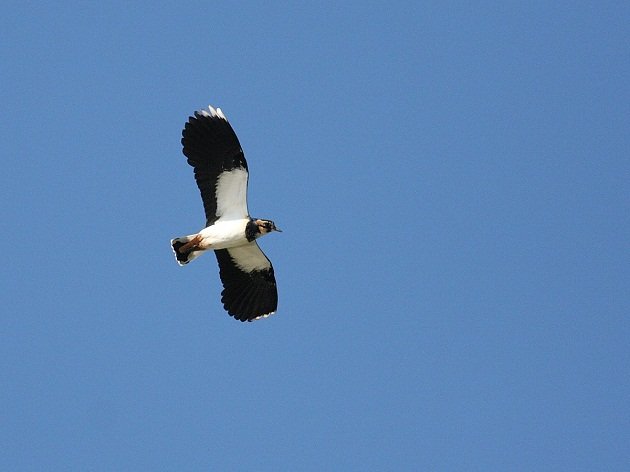
While February offers some good birding (wintering waterbirds, gulls), it is a kind of an anticlimax after the intensive and hectic schedule of the January IWC counts – the International Waterbird Census, that is. (Some time ago, I’ve asked a guy from the Wetlands International, an NGO running the IWC, does it bother him that their main activity abbreviation can be read as the international water closet? That’s the least of his worries, he concluded.)
March is a strange month – weather is slowly improving and you feel like going out into the field. Yet birding is slim, songbirds, such as the first Northern Wheatears, haven’t arrived yet. However, Garganeys and Northern Lapwings are back; the other day I saw my first Black Stork of the season and Eurasian Skylarks are already singing in flight above the fields. Even the first Common House Martin has been spotted and the flocks of returning Common (Eurasian) Cranes here and there – alas, not by me. Against those first shy messengers of spring, winter visitors are still holding their ground and are far more obvious, e.g. Great Grey Shrikes, Bramblings or the ever larger and very active flocks of Fieldfares.
Somehow, in March I’ve done more eBirding than proper birding. I’ve entered some old observations into the eBird, namely, the entire 1995 data from the confluence of the Sava and the Danube rivers, collected both from kayak (in almost every month of the year) and from the banks (in winter). It was a lot of work and – it does not show! I haven’t increased my life or country list, only my city list for one species (I don’t even know which one). Still, six years ago I nominated that central Belgrade zone for an Important Bird Area – some parts of it should become protected any time soon and all the data that can further strengthen that protection is welcome.
Going through my old field notes, I’ve got the impression that Velvet (White-winged) Scoters, Red-breasted Mergansers, Long-tailed Ducks and Red-throated Divers (Loons) were more common back then, but I always carried some pirate-style scope with me. While the site is more visited by birders today (but less by me), hardly anyone uses (or has) a scope. And these species would not come that close, only the White-tailed Eagles were always, and still are, easy to find.
Have you ever done a point count surveys? When you reach a certain point and start counting birds… then you know that phase when everything seems to slow down and it takes a lot more time to find a new bird for that point?
It is similar with eBirding. At first, you enter a few lists and your number of species hikes up steeply, but after quite a few lists, it becomes ever harder to get a new bird. At first you have a lot more species than lists, but afterwards (as a reward?), you get more lists than species… which probably means I became an eBirder. In summary, eBird seems like the best idea ever since Peterson started to think of some new kind of books.
But April is just around the corner, and with it, the best birding season around here. Just a few more days…
Cover photo: Northern Lapwing (c) Snezana Panjkovic





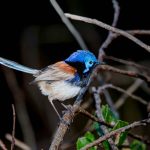
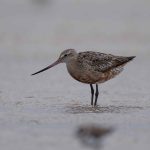
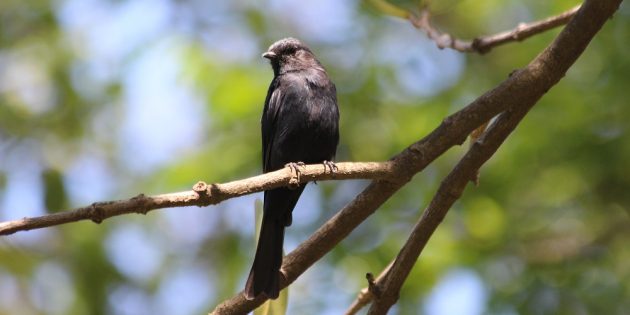

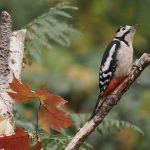
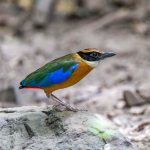
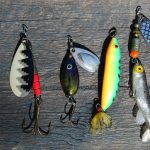
Leave a Comment